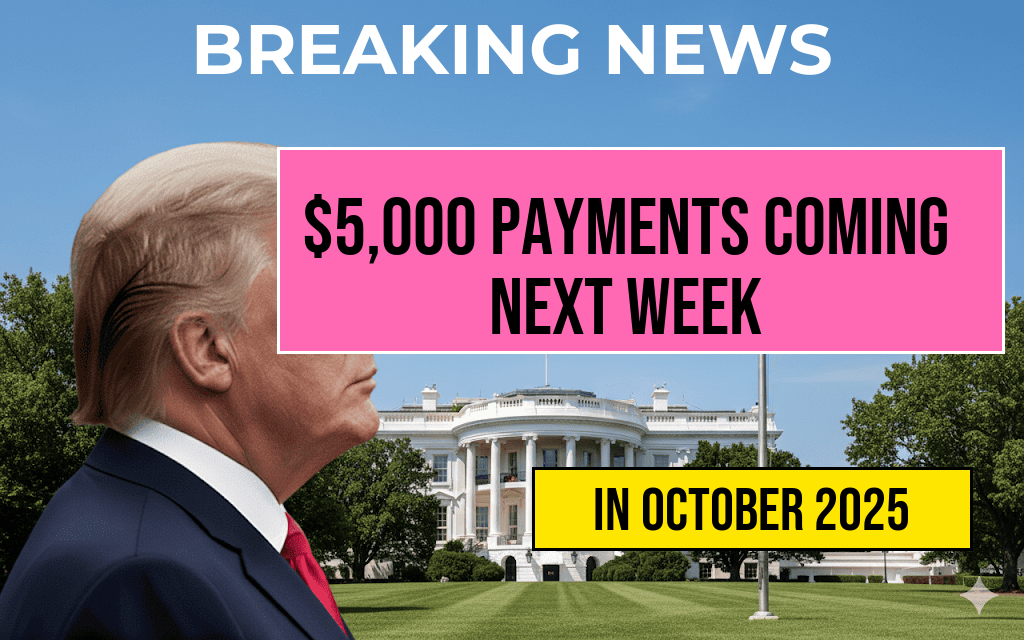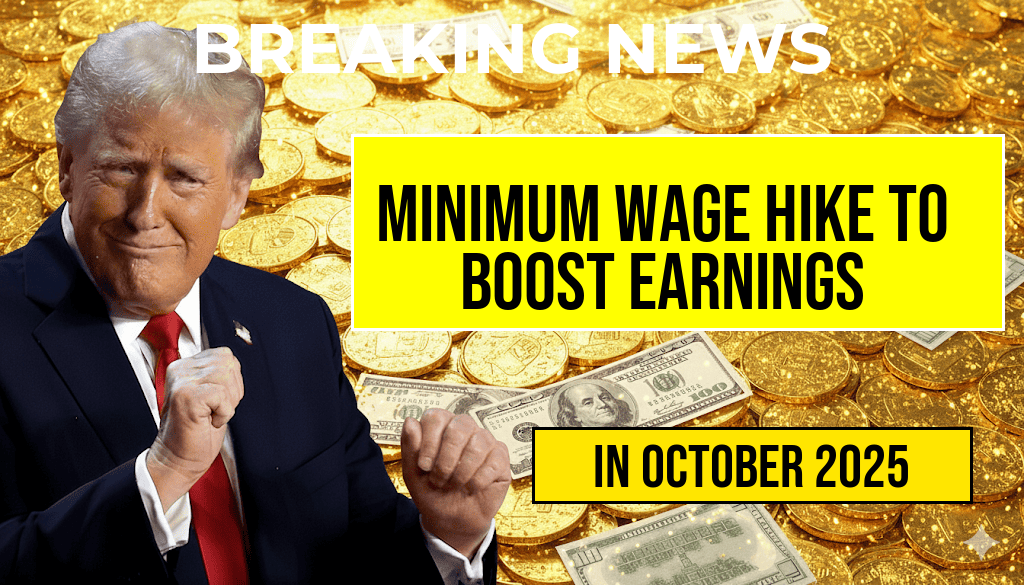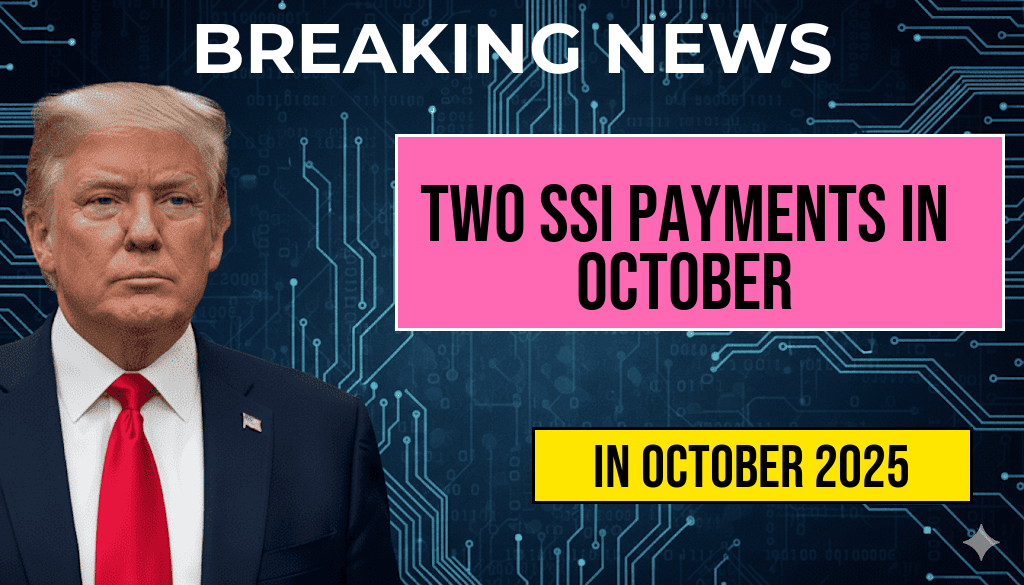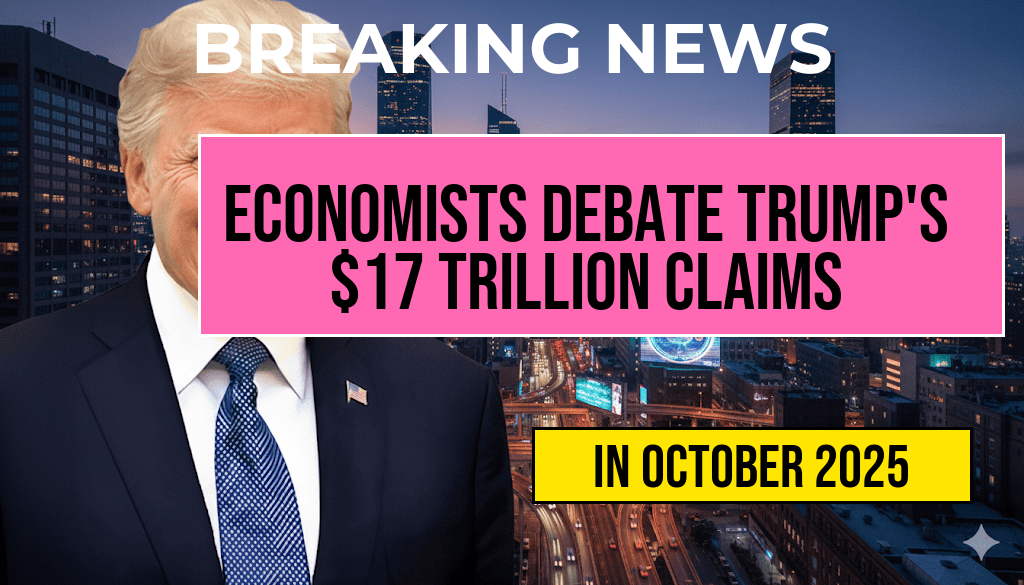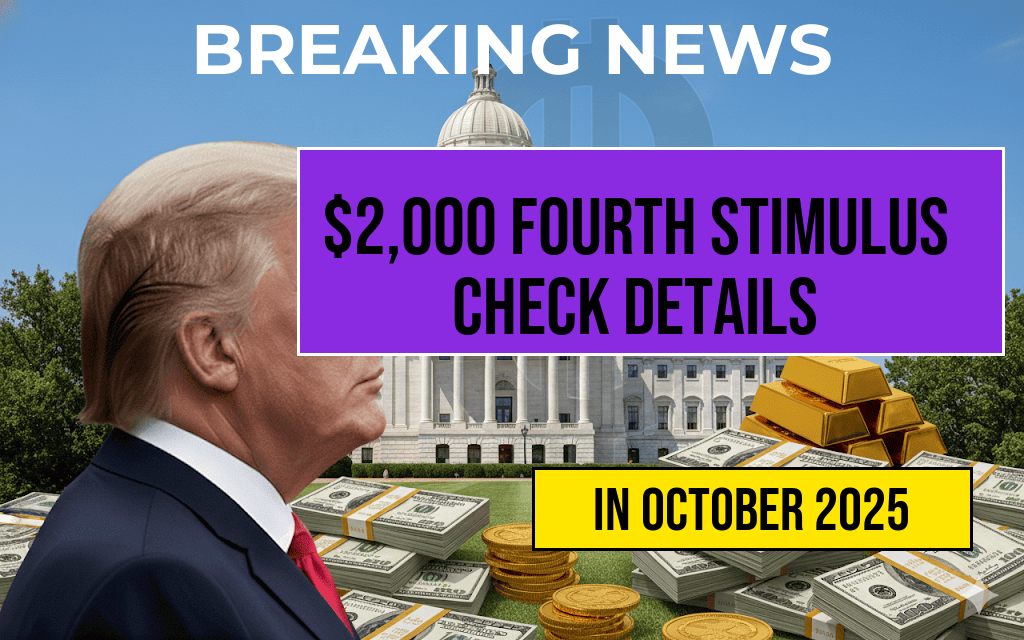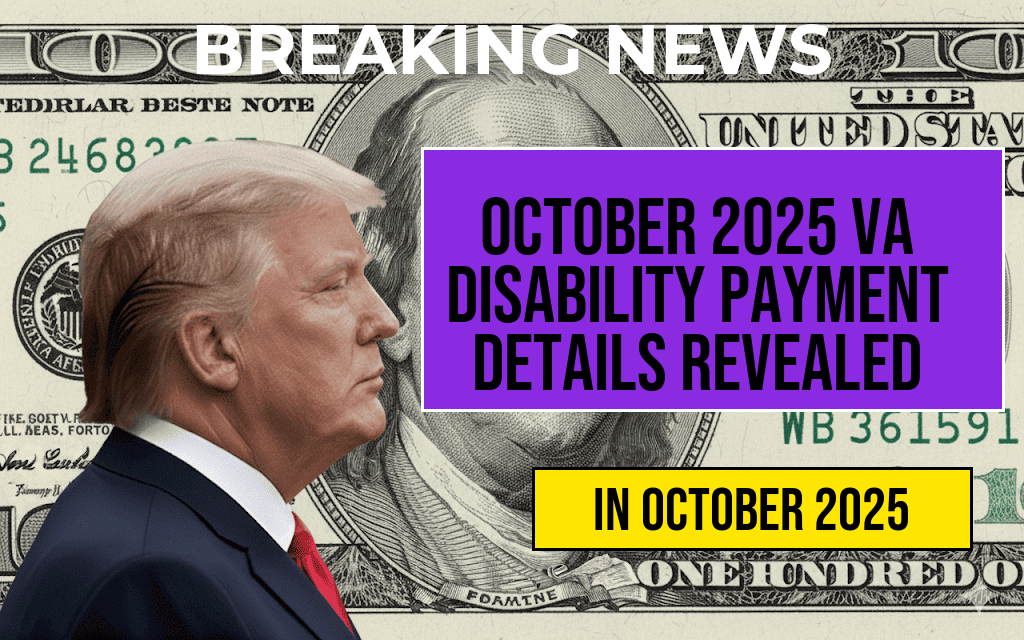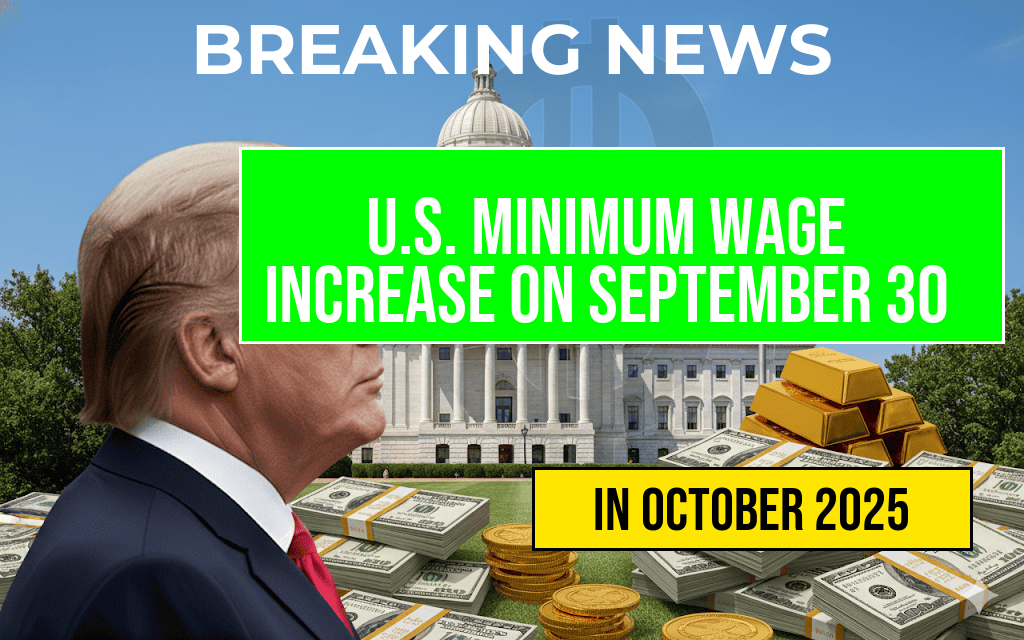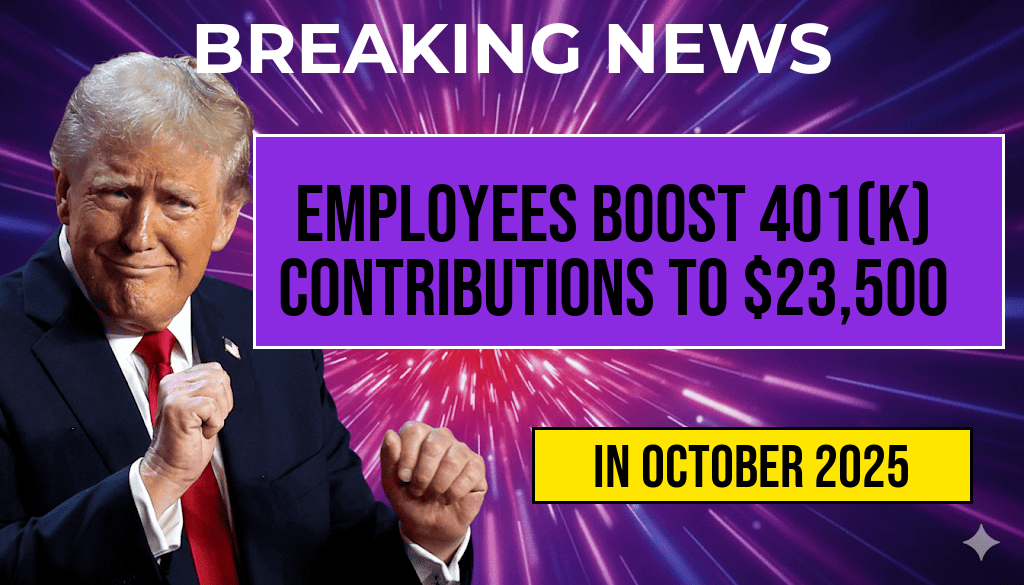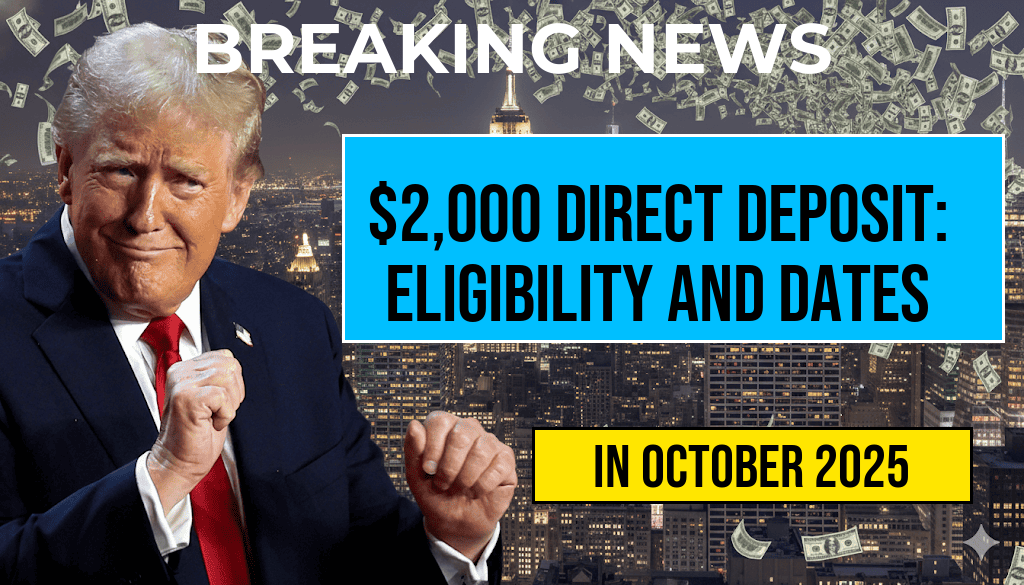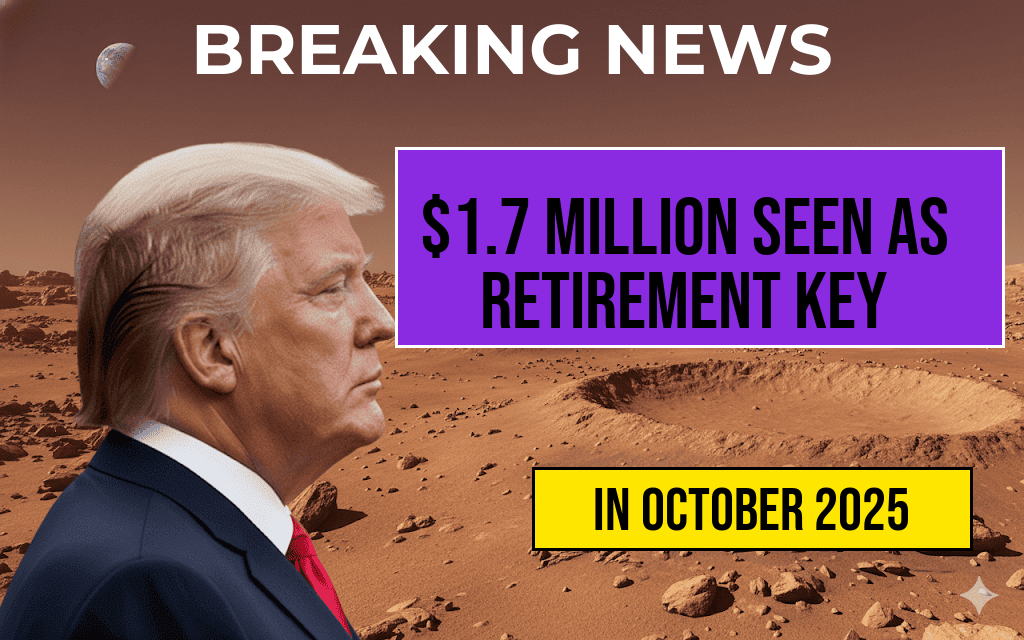As the 2024 presidential campaign heats up, claims made by former President Donald Trump regarding a proposed $17 trillion global investment have sparked intense debate among economists and policy analysts. Trump asserts that his administration’s policies during his tenure laid the groundwork for a massive influx of private-sector investment, which he believes could revitalize the U.S. economy and create millions of jobs. However, questions surrounding the feasibility and implications of such a bold financial projection have led to a rift among experts. While some economists support his vision, others argue that the numbers are inflated and lack a solid basis in economic reality.
Dissecting the $17 Trillion Figure
Trump’s claim centers on a combination of factors, including tax cuts, deregulation, and trade policies that he argues stimulate investment. The former president suggests that these pro-business measures could collectively lead to a staggering $17 trillion in new global investments over the next decade, bolstering the U.S. economy.
Supporters of the Claim
- Proponents argue that Trump’s policies created a favorable environment for businesses, leading to increased capital investment.
- They cite a period of significant stock market gains and low unemployment rates during his administration as evidence of economic growth driven by these policies.
- Some economists believe that with the right incentives in place, the private sector can indeed mobilize vast sums of money for infrastructure and innovation.
Critics Raise Concerns
- Critics, however, challenge the validity of Trump’s projections, pointing out that such large figures often lack empirical support.
- They emphasize that previous claims about economic growth linked to tax cuts have not always materialized as anticipated.
- Some also express concern about the potential for increased national debt and income inequality, which could arise from prioritizing investment over social safety nets.
Contextualizing Investment Projections
To better understand the implications of Trump’s claims, it’s essential to contextualize the projected $17 trillion. The U.S. economy, which is currently valued at approximately $25 trillion, would require substantial growth across multiple sectors to accommodate such investment levels. Furthermore, historical data reveals that while periods of economic expansion can lead to increased investment, they are often accompanied by external factors, including global market trends and geopolitical stability.
Economic Historical Precedents
| Year | GDP Growth Rate | Investment % of GDP |
|---|---|---|
| 2000 | 4.1% | 15.8% |
| 2008 | -0.1% | 12.2% |
| 2018 | 2.9% | 17.3% |
| 2020 | -3.4% | 14.7% |
Data from the Bureau of Economic Analysis illustrate the fluctuations in GDP growth and investment as a percentage of GDP over the years, reflecting the complex dynamics that influence economic performance. The relationship between policy, investment, and economic growth is multifaceted and often unpredictable.
The Broader Economic Impact
Should Trump’s proposals gain traction, the implications for both domestic and global economies could be profound. Advocates argue that a significant uptick in investment could lead to advancements in technology, infrastructure, and green energy initiatives, potentially positioning the U.S. as a leader in these sectors. Conversely, skeptics warn that without careful planning and execution, the push for such vast investments could lead to market distortions and exacerbate existing economic disparities.
Looking Ahead
As the debate continues, economists urge a careful examination of the data and a realistic appraisal of the potential outcomes of such ambitious claims. The conversation surrounding Trump’s $17 trillion investment narrative serves as a reminder of the complexities inherent in economic forecasting and the need for grounded, evidence-based approaches to policy-making.
For more information on economic investment trends, readers can refer to Forbes and Wikipedia.
Frequently Asked Questions
What is the main claim made by Trump regarding global investments?
Trump claims that his administration’s policies will lead to a $17 trillion increase in global investments, positioning the U.S. as a leader in attracting foreign capital.
Why are economists divided on Trump’s investment claims?
Economists are divided because they question the assumptions behind the $17 trillion figure, with some arguing that it overstates the potential impact of policies while others believe it could be achievable under certain conditions.
What factors are influencing the debate among economists?
The debate is influenced by factors such as trade policies, tax reforms, and the overall economic climate, which can significantly affect foreign investment levels.
How does the $17 trillion figure compare to historical investment trends?
When compared to historical trends, the $17 trillion figure appears ambitious, as previous administrations have seen varying levels of foreign investment based on economic conditions and policy decisions.
What implications could Trump’s investment claims have on the U.S. economy?
If realized, Trump’s investment claims could lead to significant growth in the U.S. economy, potentially creating jobs and increasing infrastructure development, but skepticism remains regarding the feasibility of such a large figure.

